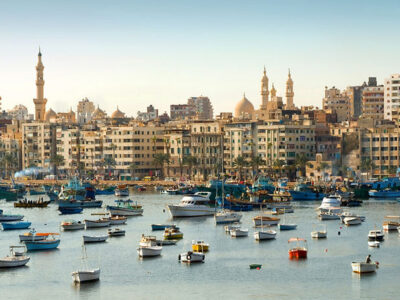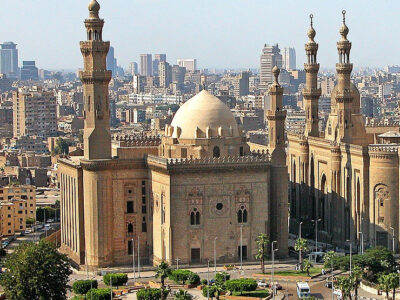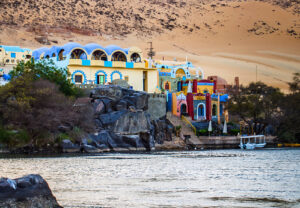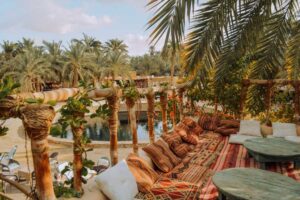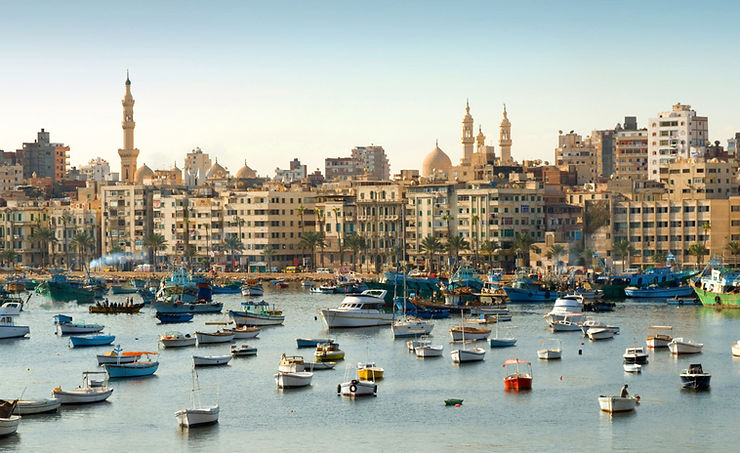
Alexandria may be the second-biggest city in Egypt today, but that’s the least of its claims to fame.
The namesake city of Alexander the Great, the capital of Ptolemaic Egypt, the once largest city in the world, the battleground of Cleopatra and the Romans, the home of two ancient wonders of the world and a leading center of learning… those are just a few things that make Alexandria a city worth visiting. And we haven’t even gotten started on its modern history!
Alexandria today is a faded version of what was once called ‘the jewel of the Mediterranean’, and the modern city sometimes imposes on its old dated beauty, but it’s still a quirky mix of old and new/beautiful and ugly that’s worth seeing and learning about.
Here are some things you should definitely see and do while in Alexandria:
1. Citadel of Qaitbey
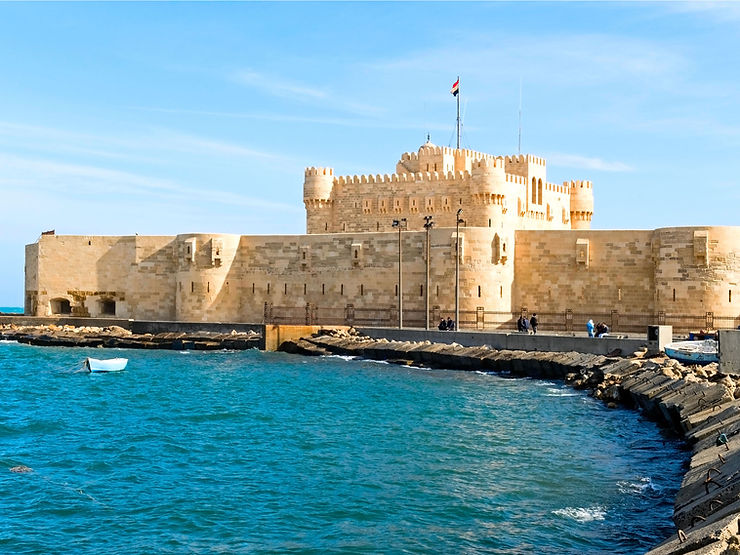
This medieval Islamic fort has stood sentry on the western coast of Alexandria since 1480, built by the Mamluk sultan Qaitbey to protect the Mediterranean port.
But before this spot of Alexandrian real estate was associated with the citadel, it housed something even more famous — the world-renowned Lighthouse of Alexandria, Pharos, one of the seven ancient wonders of the world. The lighthouse was destroyed by an earthquake in 1303 and Qaitbey used its rubble 150 years later to build the citadel.
2. Bibliotheca Alexandrina
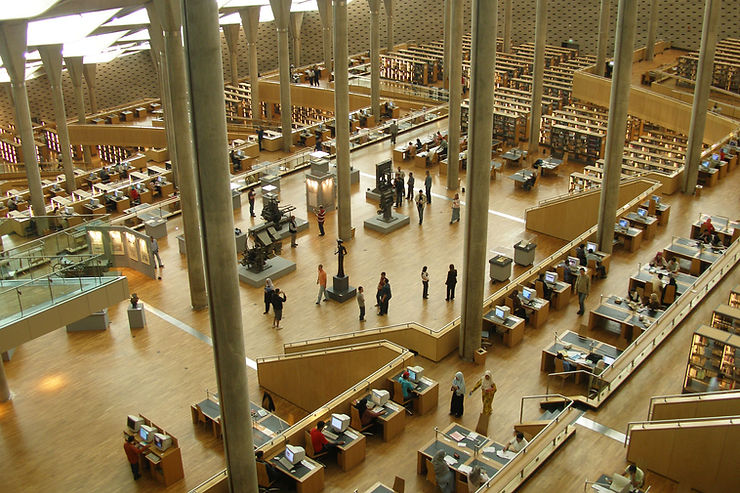
Speaking of ancient wonders of the world, Alexandria used to be home to two of the seven (Egypt as a whole had three of the seven, and the Great Pyramid of Giza is the only ancient wonder to still exist). Besides Pharos the lighthouse, the ancient Library of Alexandria was another marvel that put the Mediterranean city on the map.
The Great Library was destroyed during the Roman conquest of Egypt, but in 2002 the modern Bibliotheca Alexandrina was built as a nod to the ancient library and to recapture the spirit of knowledge and learning.
The Bibliotheca Alexandrina has a main library, six specialized libraries, four museums, permanent and temporary exhibitions, a planetarium, an exploratorium, twelve academic research centers and four art galleries.
Their official website.
3. Catacombs of Kom El Shoqafa
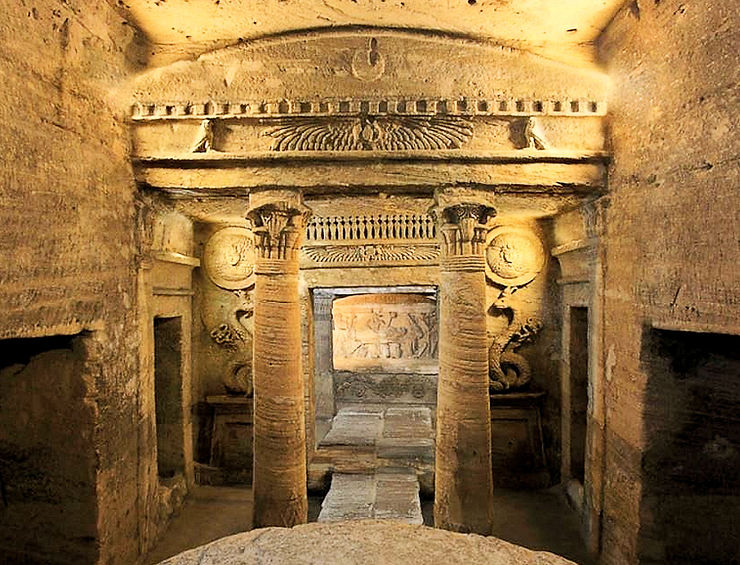
These catacombs are a rare mix of Egyptian, Greek and Roman architecture and monuments and are considered one of the Seven Wonders of the Middle Ages.
Dating back to the 2nd century AD, these catacombs are three subterranean levels made out of rock (the deepest level is now totally submerged in water). It was discovered in 1900 when a donkey accidentally fell through the access shaft at ground level (a great discovery, but poor donkey).
The second level of the catacombs is described as “eerily alive” due to all the sculptures there. It’s believed that it was originally intended as a tomb for a single family, but bones of other individuals and horses were also found there.
4. Pompey’s Pillar and Serapeum
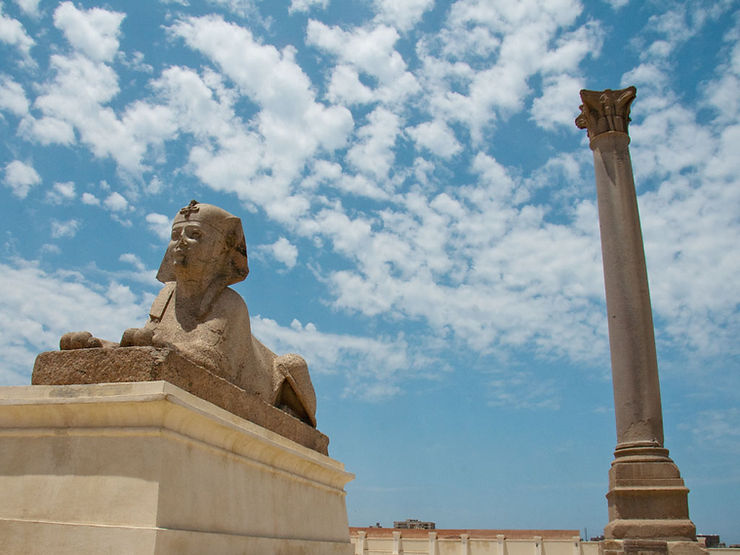
First off: the name is kind of a lie. The ancient column, built in ~300 AD, actually had nothing to do with Pompey, who was a Roman general and Julius Caesar’s rival. It was built in honor of the Roman emperor Diocletian, who provided food for the starving city when Alexandria was under siege.
The Serapeum, which today is just ruins except for the pillar, used to be Alexandria’s acropolis dedicated to Serapis, Alexandria’s patron god. Legend has it that when Christianity gained strength in Alexandria, they destroyed the Serapeum and other symbols of paganism, around 400 AD.
There are also the remains of underground storerooms where they used to keep extra texts and manuscripts from the Great Library of Alexandria.
5. Abu Al Abbas Al Mursi Mosque
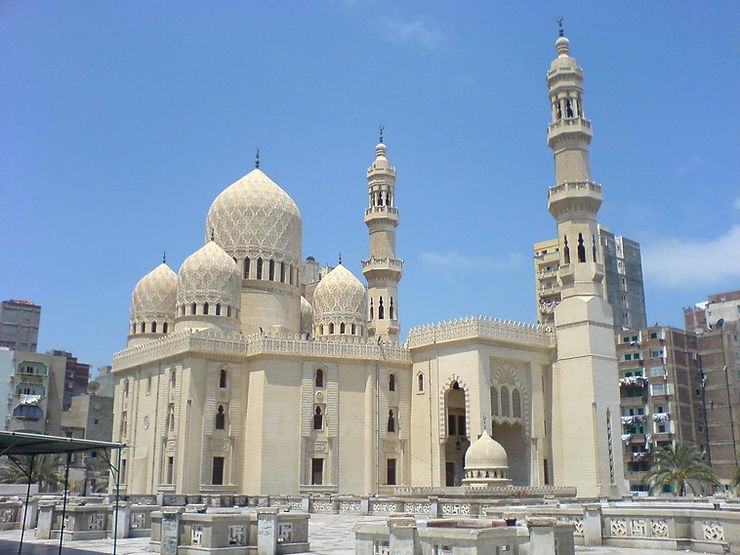
Or as the locals call it, Mursi Abu Al Abbas. This mosque was built over the tomb of the Andalusian Islamic scholar and sheikh, Abu El Abbas Al Mursi. He left his home country of Spain in 1242 for Tunisia, before moving to Alexandria, where he spent 43 years up until his death.
In 1307, the then-ruler El Sheikh Zein El Deen built a mausoleum, dome and a small mosque over the tomb. It became a popular pilgrimage spot for Muslims passing through Alexandria on their way to and from Mecca.
The present, much larger mosque that stands today was built in 1775 by Algerian sheikh Abu Hassan el Maghreby. It was renovated and ‘beautified’ multiple times since then, and remains to date Alexandria’s largest mosque.
For more beautiful mosques in Egypt, head here.
6. Montazah Park
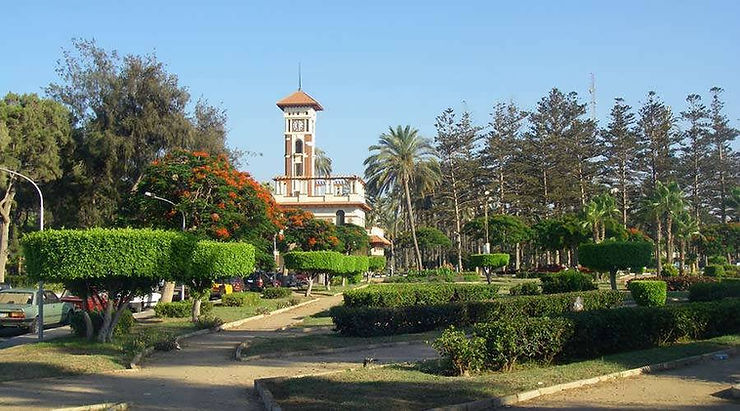
Montazah Palace Complex and its royal gardens are situated on the Mediterranean Sea on the eastern side of Alexandria. The former summer palace and residence of the Egyptian monarchy, the Salamlik palace was first built as a hunting lodge in 1892 by Khedive Abbas II, then its sister palace Haramlik was added in 1932 by King Fuad.
The palaces now aren’t open to the public, but you can explore the gardens, enjoy the sea views and eat at the restaurants and cafes in the park. There’s also a little island accessible by bridge.
7. Royal Jewelry Museum
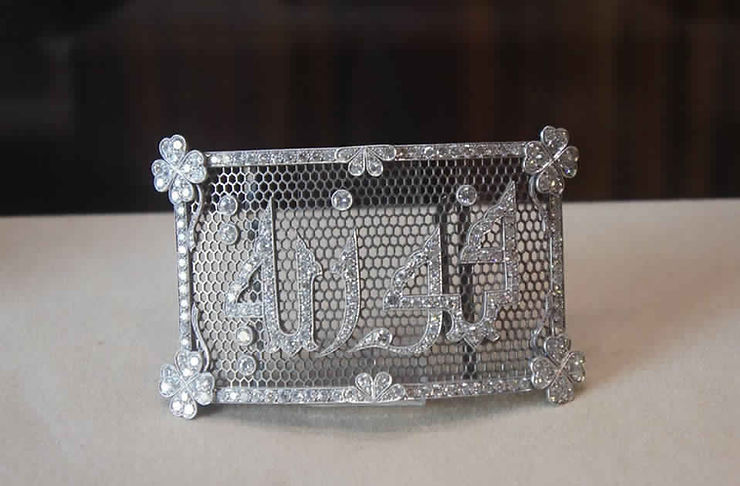
A diamond hairpiece that says ‘Fawzia’ in Arabic. Princess Fawzia was the sister of Egyptian King Farouk and later become Queen of Iran
Speaking of former palaces, the Royal Jewelry Museum lives in the former palace of Princess Fatma El Zahraa in the Alex neighborhood of Zizenia, built in 1919-1923.
The palace is an architectural gem in and of itself, and the royal jewelry collection houses more than 11,000 pieces, some dating back to the rule of Mohammed Ali Pasha, who became Khedive of Egypt in 1805.
Besides jewelry, the museum also has on display centuries-old coins, golden clocks, watches, portraits of the royal family in golden frames, dazzling crowns and King Farouk’s walking stick in ebony and gold.
8. Roman Amphitheatre (Kom el Dikka)
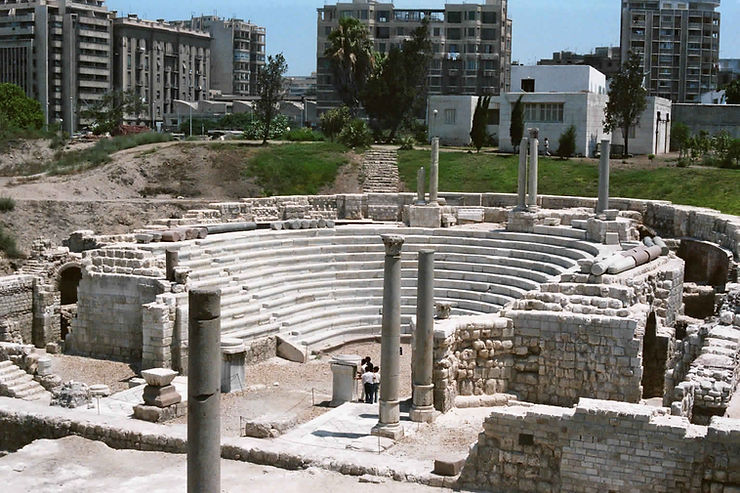
Discovered by coincidence in 1960 when workers were removing rubble to build a governmental building, the Roman Amphitheatre dates back to the 4th century AD and was used not only in the Roman era for performances, but the Byzantine and early Islamic eras as well, for public assemblies and summits.
To the north of the amphitheatre are the ruins of Roman baths dating back to the 2nd-4th century AD, and to the east are the remains of a 2nd century AD Roman villa, known as the Villa of the Birds due to its mosaic floor depicting birds. Both the baths and the villa are worth seeing when visiting the amphitheatre.
9. Alexandria National Museum
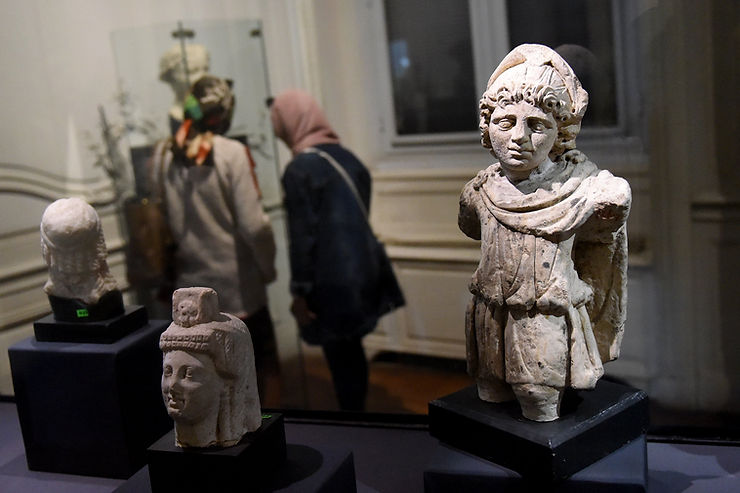
Photo credit: Xinhua News
If you’re a bit fuzzy about Alexandria’s history (no shame — it’s confusing even to us locals), the National Museum will help sort you out. The museum itself from an architectural standpoint isn’t that impressive, but don’t judge a book by its cover — its contents definitely make up for what its facade lacks.
Its exhibits are divided chronologically into eras to help you flesh things out a bit: pharaonic, Greek, Roman, Christian, Islamic and modern. There’s also a section for underwater monuments (some monuments still exist till present day in the Mediterranean Sea off the coast of Alex!).
10. Walk down the Corniche
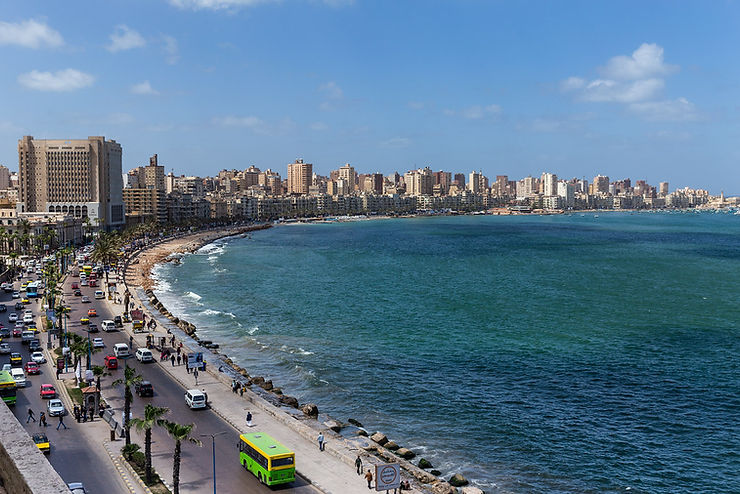
Photo credit: E.W. Cordon
The heart of Alexandria is truly in its Corniche, the coastal road that hugs the Mediterranean Sea on one side and the city on the other. It’s by walking down the Corniche and seeing the fishing boats bobbing on the water that you can really imagine what the ancient city was like in its heyday over 2,000 years ago.
It’s also a great place to people-watch: you’ll see street vendors peddling all kinds of random stuff, parents pushing babies in their strollers, couples walking hand-in-hand, fishermen, and teenagers doing… well whatever it is that teenagers do.
11. Explore Fouad Street

Photo credit: Mohamed El Sayed
While we’re on the topic of walking, make sure you take a stroll down Alexandria’s historic Fouad Street. Although you’ll find it under ‘El Horeya Road’ on Google Maps (Fouad Street’s new name after the 1952 revolution), locals still refer to it as Fouad Street, named after the former Egyptian king.
Fouad Street is a dated piece of Alexandria’s belle epoque, when the city was comprised of harmonious Egyptian, Italian, Greek, French, Armenian, Muslim, Christian and Jewish communities. The architecture, art, shops and even food were a unique melting pot of all the diverse communities, all of whom were Alexandrian first and foremost.
12. Try Alexandria’s famous patisseries
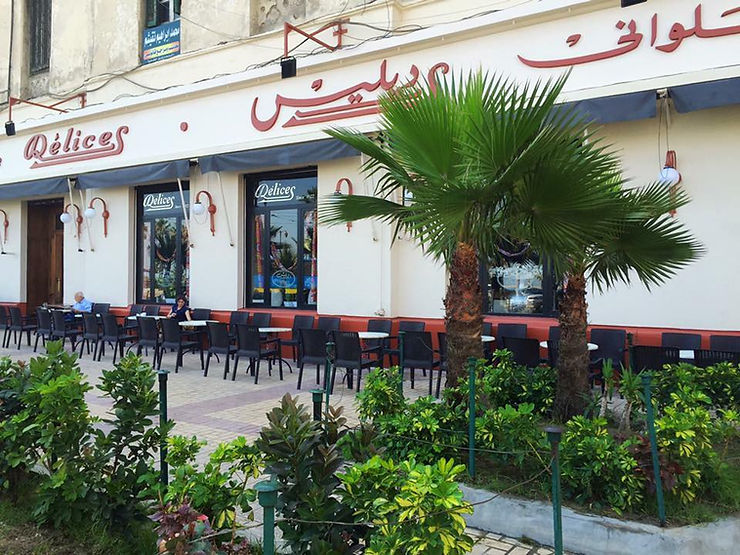
Alexandria is known throughout the country for its cafe and patisserie culture, with some of their beloved dessert shops dating back over 100 years, like Trianon near El Raml Station. Or Délices, which is still owned by the same Greek family since 1922.
For more beloved old Alexandrian patisseries, you can read 14 Egyptian Dessert Shops & Patisseries More Than 50 Years Old.
13. Ride the tram
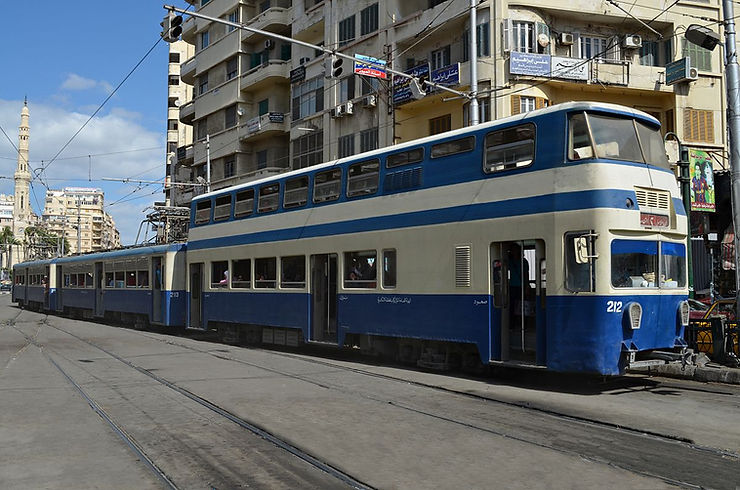
If you want to feel like a real local, hop on the Alexandrian tram, which has been in operation since 1860. It was the first collective means of transport not only in Egypt, but the whole of Africa. It’s one of the oldest tram systems in the world.
Today they’re a cheap and safe (if not particularly speedy) way of seeing the city and they’re one of the few trams in the world that uses double-deck cars. Similar to the metro in Cairo, they have women-only cars for any solo women who feel more comfortable in an all-women environment.
14. Have a drink at the Windsor Palace rooftop
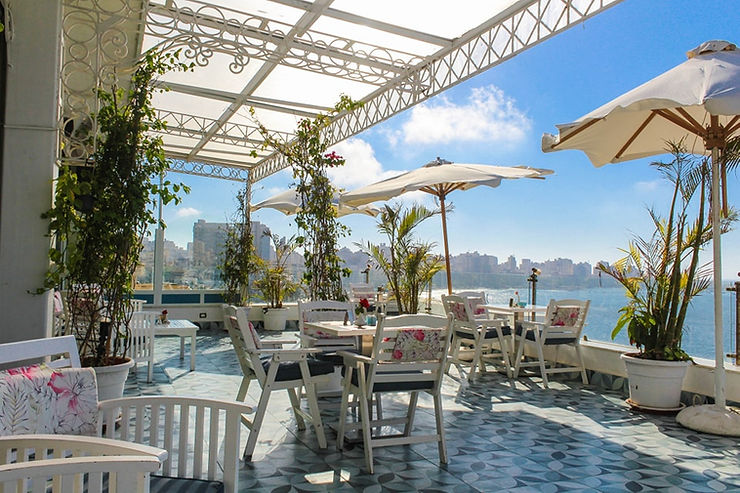
The Windsor Palace Hotel, now Paradise Inn Windsor Palace, was established in 1906 and was in quite the enviable location back 100 years ago — it was close to the Raml train station and Alexandria’s old port harbor, as well as the shopping district and seaside promenades.
The current hotel that stands today has seen much better days, but holds on to a timeless claim to fame — the view from their rooftop restaurant and terrace, called Blue Harbor.
Local tip: if their 7th floor Sky Roof is in ‘club mode’ with obnoxious lighting and music, just stick to their restaurant terrace on the 6th floor — equally good view.
You can read more about Alexandria’s iconic old hotels at 11 Historical Hotels in Egypt You Can Stay At Until Today.
15. Enjoy Alexandria’s fresh Mediterranean seafood.
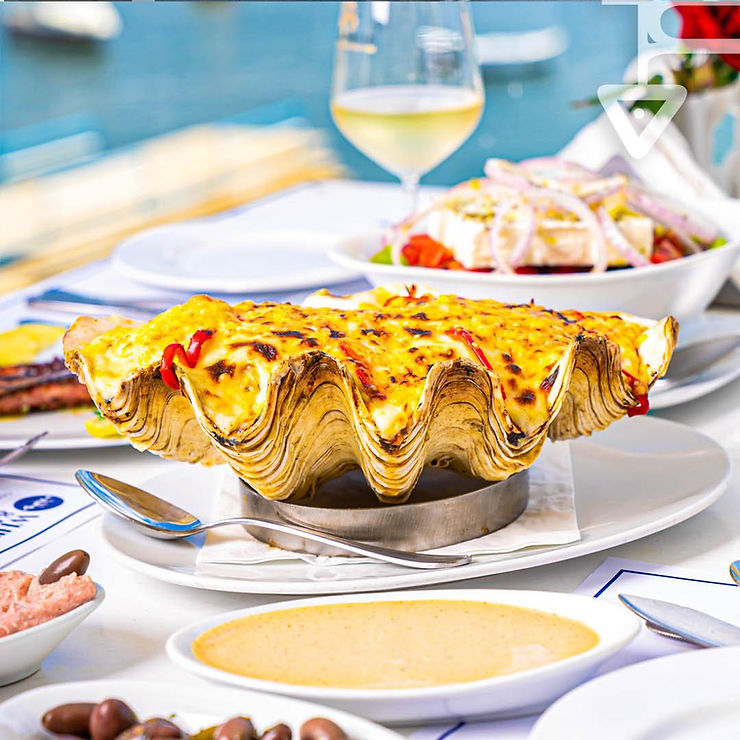
Seeing as you’re in a seaside city, it only makes sense to indulge in the fresh seafood that Alexandria is known for. Whether you want to have it upscale with a drink and a harbor view like at famous Greek Club (official name is Blue & White Restaurant), or something more local and authentic like the restaurant Negro, Alexandria’s seafood is not to be missed.
Read more: 7 Must-Try Restaurants in Alexandria

